Xpeng unveiled three robotaxi models powered by four self-developed AI Turing chips, with a total on-board computing power of 3,000 TOPS (Xpeng claims). The vehicles operate on the "vision-language-action" (VLA) version 2 model and are expected to begin testing in Guangzhou and other cities in China next year. In partnership with AutoNavi, Alibaba's Amaps app will serve as the ride-hailing gateway.

Technical platform: Turing chip and VLA 2
During AI Day on November 5, 2025, Xpeng shared its hardware-software architecture for robotaxis: four Turing AI chips integrated into the vehicle, providing a total of 3,000 TOPS to process sensory data and make decisions according to the VLA model version 2. This is an AI model that combines input signals such as vision to support autonomous driving and robotic applications, according to Xpeng.
CEO Xiaopeng He (He Xiaopeng) introduced the robotaxi deployment plan and the long-term direction of expanding into other automation applications. Co-chairman Brian Gu emphasized the rapid increase in computing power as the basis for the company's belief in the "inflection point" of self-driving taxis.
| Category | Information according to Xpeng |
|---|---|
| Robotaxi model number | 3 |
| AI chip in car | 4 self-developed Turing chips |
| Integrated computing power | 3,000 TOPS (Xpeng claims) |
| AI Stack | VLA model version 2 |
| Display interface | Display shows speed and other information on the sun visor |
| Test route | Expected to start in Guangzhou and other Chinese cities from next year |
| Ride-hailing partners | AutoNavi/Amaps (Alibaba) |
| Product orientation | 2 types: shared commercial vehicles and fully automated personal vehicles (family sharing) |
Passenger experience and interface layout
Xpeng said the robotaxi is equipped with a screen that displays speed and related information on the sun visor. Details on other interactive methods were not announced by the company at the event.
Implementation schedule and legal factors
Xpeng plans to start testing in Guangzhou next year, then expand to other cities in China. Brian Gu told CNBC that self-driving taxis "will eventually become a global phenomenon," but it will take time, especially as regulations become tighter due to safety concerns.
He also admitted that his views have changed since April 2024, when he predicted that self-driving taxis would be difficult to become a significant business for at least five years. The reason is that the rapid development of AI and significant increases in computing power have reinforced confidence in the progress of technology.
Ride-hailing ecosystem: AutoNavi/Amaps collaboration
Alibaba is partnering with Xpeng in the robotaxi space through AutoNavi and Amaps, which will act as the digital map and ride-hailing portal, respectively. The partnership is expected to help bridge the gap between technical testing and large-scale user experience.
Two-pronged product strategy
Xpeng envisions two types of robotaxi: one for shared commercial operations and one for personal, fully autonomous use that can be shared within a family. This approach suggests that the company wants to simultaneously target urban service needs and private ownership applications.
Competitive landscape
Xpeng's announcement comes as Pony.ai, WeRide and Baidu have deployed self-driving taxis to the public in parts of China and are expanding globally. In the US, Tesla this year began testing self-driving taxis in parts of Texas.
Iron Humanoid Robot Generation 2
In addition to robotaxi, Xpeng announced the second generation of the Iron humanoid robot, which is expected to go into mass production next year. CEO He Xiaopeng said the robot is not yet suitable for households; its factory applications are limited due to high costs in China's low labor market. Instead, the robot will be used as a tour guide, sales assistant and office guide, initially in Xpeng's own facilities.
The Iron robot uses three of Xpeng’s Turing AI chips and solid-state batteries. The company plans to allow customization of some elements such as body shape and hairstyle. He Xiaopeng said he could not yet estimate sales in the next 10 years, but expected there to be more robots than cars. Co-president Brian Gu said Xpeng had developed some technologies before Tesla, such as flying cars and humanoid robots, but had not been as aggressive in promoting them as its rivals.

Quick Review
Based on the information Xpeng announced, the highlight is the "homegrown" chip strategy with 3,000 TOPS integrated in the car and the VLA 2 model. The AutoNavi/Amaps cooperation can shorten the transition from the lab to the ride-hailing service. However, the scale of commercialization depends on the legal framework and actual operating data.
With the Iron robot, positioning its initial application as a guide and support role rather than a production one shows that Xpeng is taking a cautious approach. Both the robotaxi and the humanoid robot are steps to expand Xpeng from an electric car maker into autonomous mobility and robotics, but their practical effectiveness will need to be verified through long-term testing and operation.
Source: https://baonghean.vn/xpeng-robotaxi-chip-turing-3000-tops-thu-nghiem-tai-quang-chau-10310496.html






![[Photo] Da Nang: Hundreds of people join hands to clean up a vital tourist route after storm No. 13](https://vphoto.vietnam.vn/thumb/1200x675/vietnam/resource/IMAGE/2025/11/07/1762491638903_image-3-1353-jpg.webp)



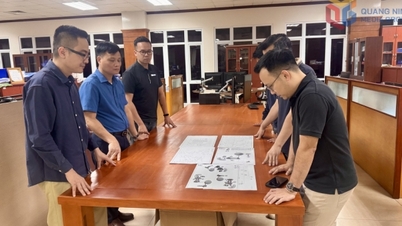




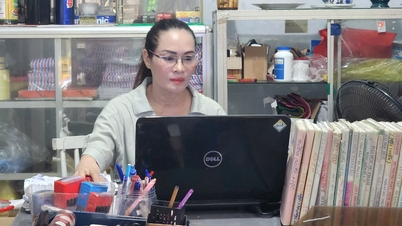

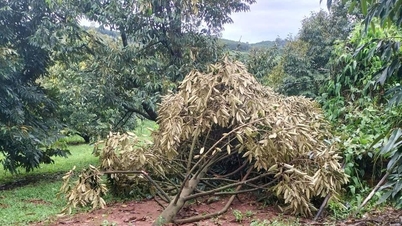








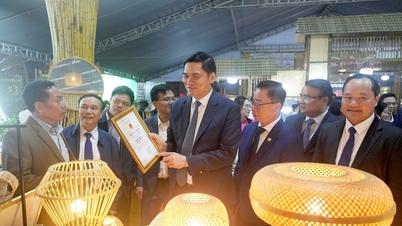

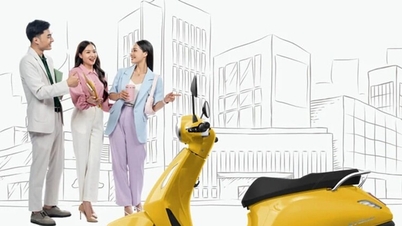







































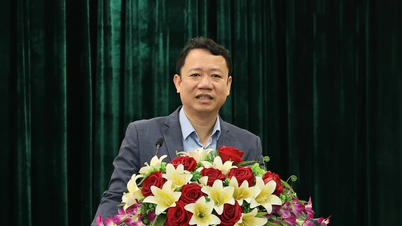








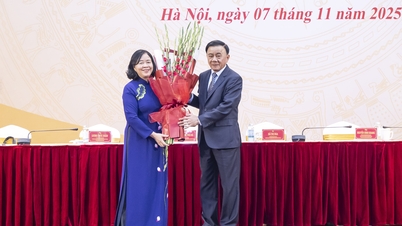


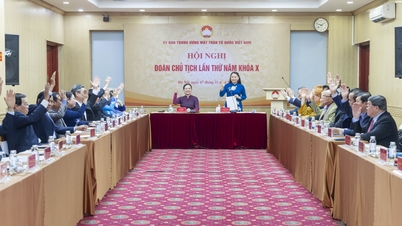






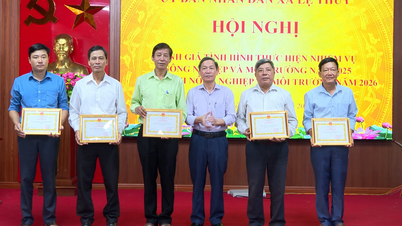


















Comment (0)